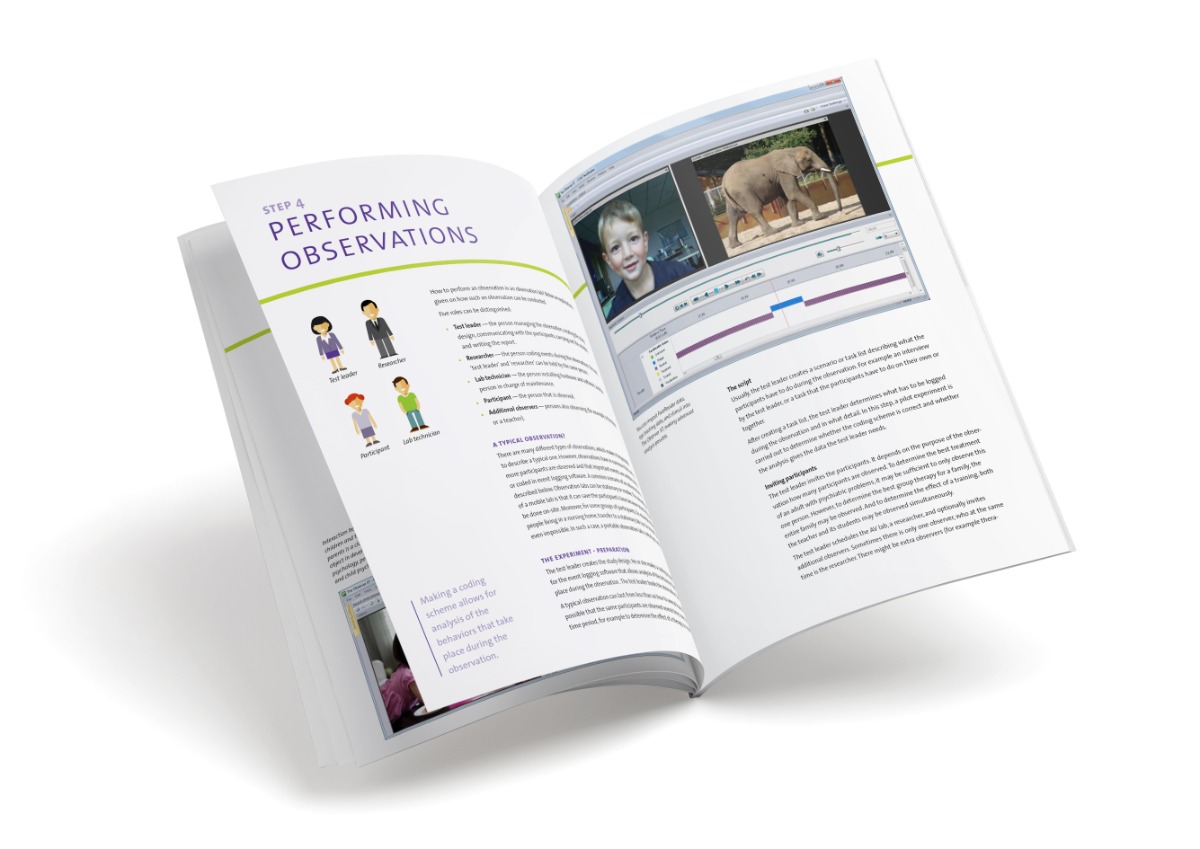
Classical music affects affiliative behaviors in bottlenose dolphins
Music can have a major influence on the emotional state of both humans and animals. In the past, studies in a variety of mammals have shown that classical music can decrease agitated behaviors and increase social behaviors. Therefore, it has been assumed that classical music can be used to improve the welfare of captive animals by decreasing their aggression and relaxing them.
Studying behavior in bottlenose dolphins with classical music
Scientists from the university of Padova studied the response of bottlenose dolphins (Tursiops truncates) to classical music, by doing behavioral observations using The Observer XT.
Different types of enrichment
Enrichment is an important part of keeping animals in captivity. It reduces stereotypical behaviors and stimulates the animals to interact with the enrichment. In this study, aside from classical music, three other types of enrichment were utilized to control for any aspect of the classical music that could have elicited a behavioral response.
Firstly, rain sounds were used to see whether or not sound characteristics matter when it comes to supplying sound as an auditory stimulus.
Secondly, a slide show of photographs was provided to see if a visual and auditory stimulus induce different responses in dolphins.
Lastly, dolphins were provided with very familiar floating objects in their enclosure. These objects were used to see whether or not the novelty of enrichment would induce a response.
The researchers used The Observer XT to observe the animals from video recordings taken before, during and after the enrichment was provided. Both the relative duration of certain behaviors (% of total time), as well as the frequency of these behaviors (events/20minutes) were used in their analysis.
Classical music has positive effects on the affective state
Synchronized swimming, frequency of touches and interest shown in other dolphins were increased when dolphins were provided with the classical music when compared to other types of enrichment. Furthermore, the supplementation of classical music also increased the amount of touches to a conspecific dolphin after the music had stopped.
All these behaviors are categorized as social behaviors in dolphins. An increase in social behavior could originate from both negative and positive affective states. When exposed to stressors, dolphins will comfort each other as a form of social support. However, the researchers concluded that this is unlikely in this case since behaviors related to stress were not increased with the addition of classical music.

Therefore, it is assumed that this observed behavioral change is due to a positive affective state in the dolphins. The music would, similarly to humans and primates, excite the endogenous opioids system, which will give a sense of pleasure to dolphins.
It is hypothesized that species that employ vocal learning, which includes dolphins, can synchronize their behavior to the beat of sounds in their environment. The harmonic sound of the classical music could have improved the capability of the dolphins to coordinate behaviors, which would improve social bonding.
What to do with these results
The researchers concluded that classical music, as an enrichment for dolphins, could be used to facilitate enrichment in situations where social interaction should be encouraged. For example, introducing a new animal to the group or to encourage mating behavior.
The researchers were able to use The Observer XT to easily analyze the behaviors of multiple dolphins over many trials. Recording the behaviors beforehand allowed for more accurate analysis and easier cooperation between different researchers.
The Observer XT has many more features that could enhance your behavioral research, like synchronizing multiple signals from video, audio and physiological data, as well as tools to easily visualize results.

Literature
Guérineau, C., M. Lõoke, G. Ganassin, D. Bertotto, M. Bortoletti, L.Cavicchioli, S. Furlati, P. Mongillo, and L. Marinelli. 2022. Enrichment with classical music enhances affiliative behaviours in bottlenose dolphin. Appl. Anim. Behav. Sci. 254:105696.
Get the latest blog posts delivered to your inbox - every 15th of the month
more

Understanding mouse social interaction using objective measures
Measuring social interaction is an important, but due to technical limitations, often overlooked part of behavioral research. Live mouse tracker was designed to alleviate this problem.
Using the Observer XT to measure aggressive behavior in Dolphins
The Observer XT is often used in the field to score complex ethograms. This blog touches upon a study of the 'Wild Dolphin Project' that investigates aggresive behavior between two species of dolphins.

